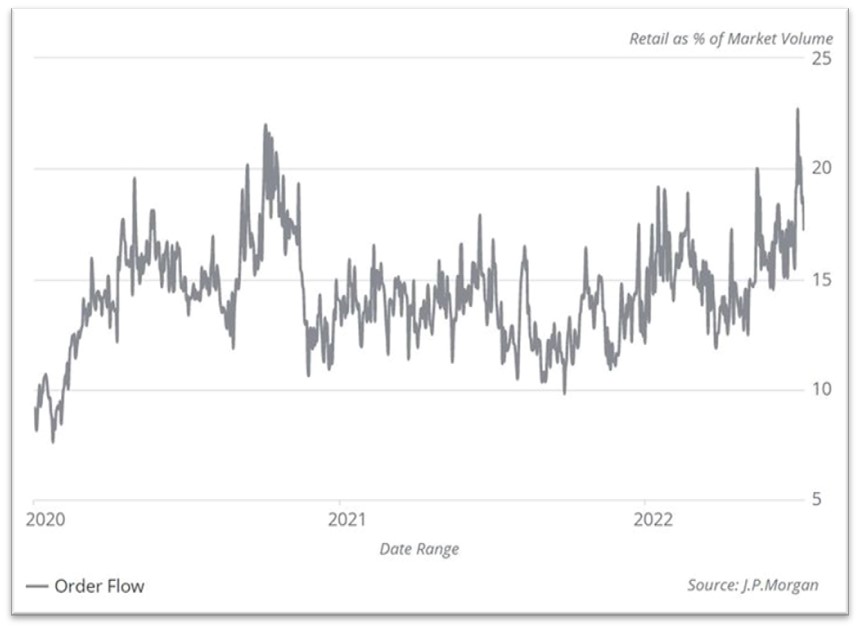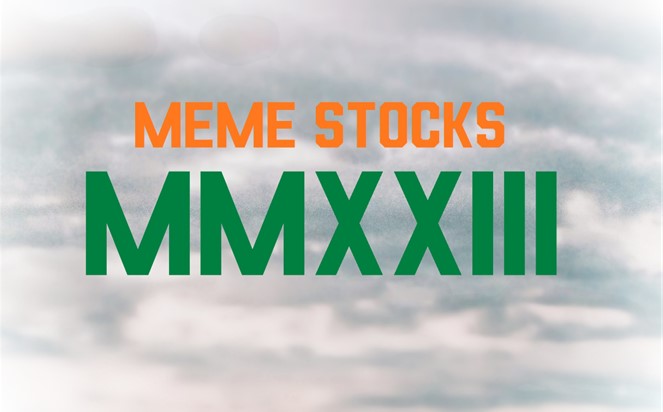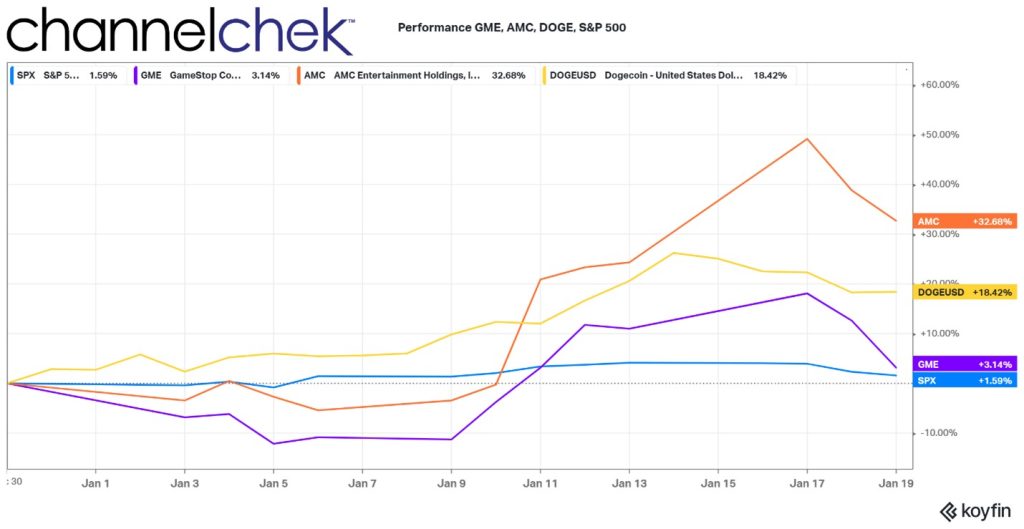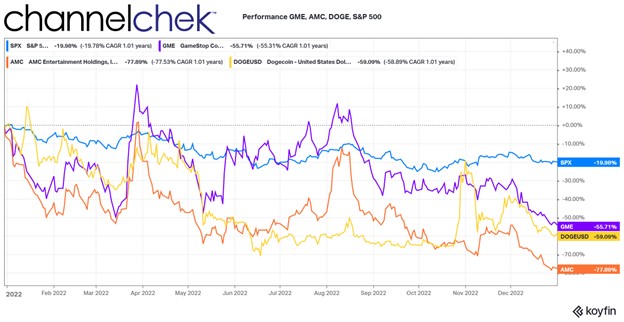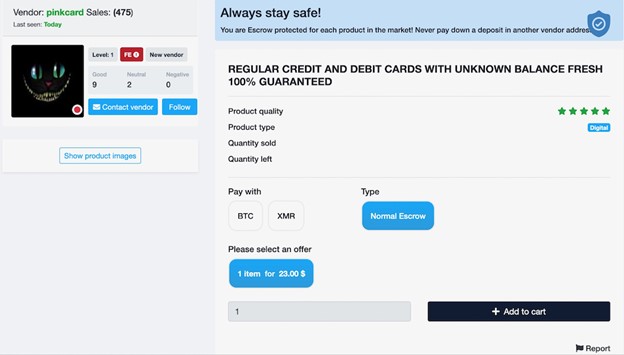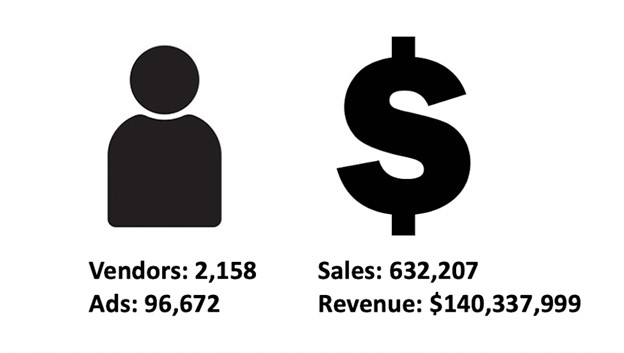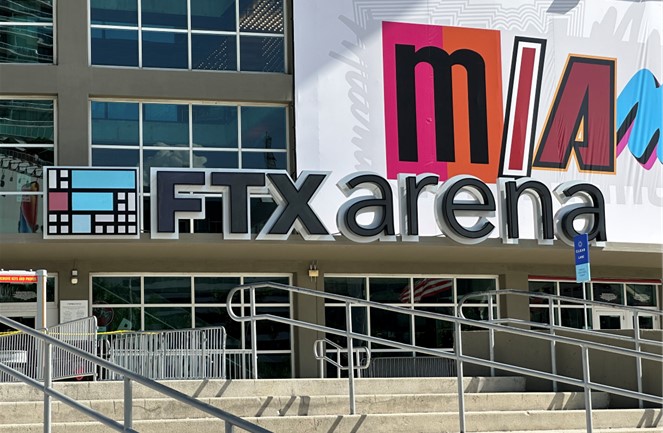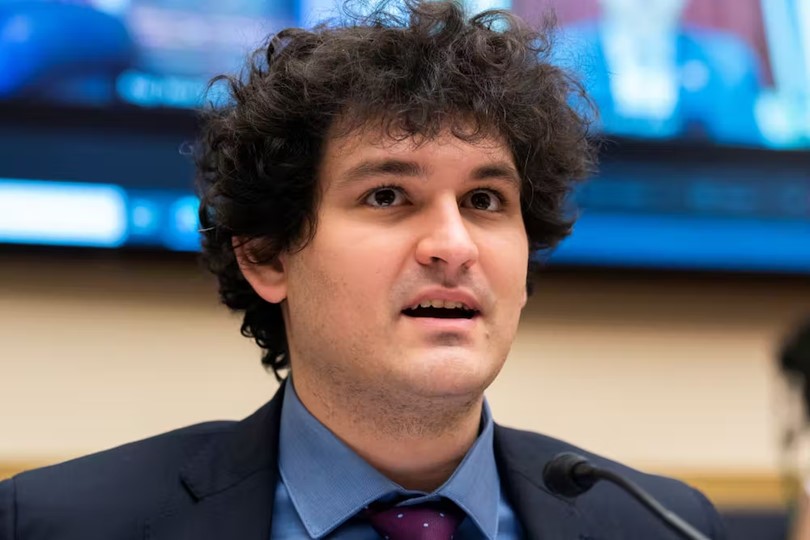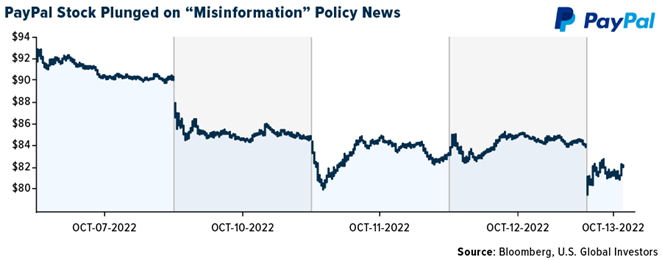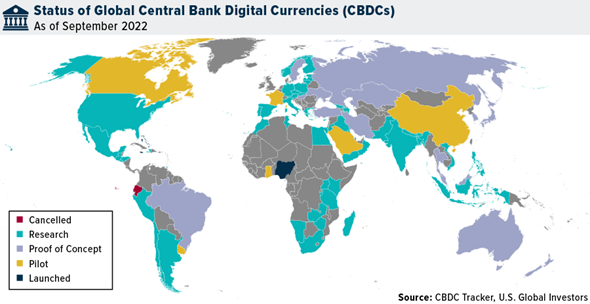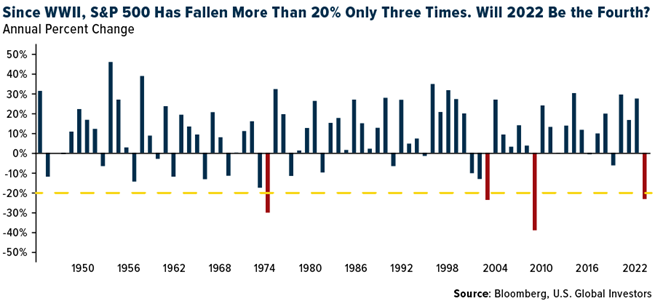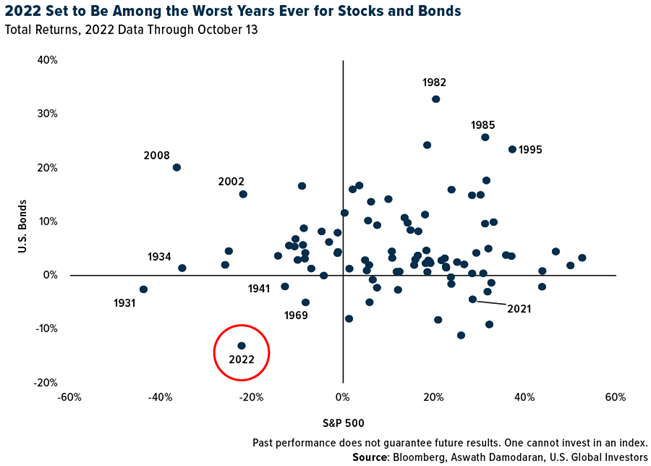
The Statement on Crypto Vulnerabilities by Regulators
A joint statement to banking organizations on “crypto-asset vulnerabilities” was just released by three bank regulatory agencies. Most banks in the U.S. fall under these three federal institutions overseeing them in a regulatory capacity. So when a statement regarding the health and stability of banks is made, it is often a joint statement from the three. At a minimum, statements include the Federal Reserve Bank (FRB), Office of the Controller of the Currency (OCC), and Federal Deposit Insurance Corp. (FDIC).
About the Statement
Issued on February 23rd, the multiple agencies felt a need to highlight liquidity risks presented by some “sources of funding” from crypto-asset-related entities, and practices they should be using to manage the risks.
The regulators remind banks that they are neither prohibited nor discouraged from offering banking services to this class of customer, but if they do, much of the existing risk management principles should be applied.
Related Liquidity Risks
Highlighted in the statement by the three bank regulatory bodies are key liquidity risks associated with crypto asset participants and crypto-asset organizations involved in banking and what they should be aware of.
This includes some sources of funding from crypto-asset-related entities that may pose heightened liquidity risks to those involved in banking due to the unpredictability of the scale and timing of deposit inflows and outflows, including, for example:
- Deposits placed by a crypto-asset-related entity that is for the benefit of thecrypto-asset-related entity’s customers. The stability of the deposits, according to the statement, may be driven by the behavior of the end customer or asset sector dynamics, and not solely by the crypto-asset-related entity itself, which is the banking organization’s direct counterparty. The concern is the stability of the deposits may be influenced by, for example, periods of stress, market volatility, and related vulnerabilities in the crypto-asset sector, which may or may not be specific to the crypto-asset-related entity. Such deposits can be susceptible to large and rapid inflows as well as outflows when end customers react to crypto-asset-sector-related market events, media reports, and uncertainty. This uncertainty and resulting deposit volatility can be exacerbated by end customer confusion related to inaccurate or misleading representations of deposit insurance by a crypto-assetrelated entity.
- Deposits that constitute stablecoin-related reserves. The stability of this type of deposit may be linked to demand for stablecoins according to the agencies, along with the confidence of stablecoin holders in the coin arrangement, and the stablecoin issuer’s reserve management practices. These deposits can be susceptible to large and rapid outflows stemming from, for unanticipated stablecoin redemptions or dislocations in crypto-asset markets.
More broadly, when a banking organization’s deposit funding base is concentrated in crypto-asset-related entities that are highly interconnected or share similar risk profiles, deposit fluctuations may also be correlated, and liquidity risk therefore may be further heightened, according to the statement.
Effective Risk Management Practices
In light of these hightened risks, agencies think it is critical for banks that use certain sources of funding from crypto-asset-related entities, as described earlier, to actively monitor the liquidity risks inherent in these sources of funding and to establish and maintain effective risk management and controls commensurate with the level of liquidity risks from these funding sources. Effective practices for these banking organizations could include:
- Understanding the direct and indirect drivers of the potential behavior of deposits from crypto-asset-related entities and the extent to which those deposits are susceptible to unpredictible vulnerability.
- Assessing potential concentration or interconnectedness across deposits from crypto-asset-related entities and the associated liquidity risks.
- Incorporating the liquidity risks or funding volatility associated with crypto-asset-related deposits into contingency funding planning, including liquidity stress testing and, as appropriate, other asset-liability governance and risk management processes.
- Performing significant due diligence and monitoring of crypto-related-entities that establish deposit accounts, including assessing the representations made by those crypto-asset-related entities to their end customers about the accounts – if innaccurate they could lead to to unexpected or rapid outflows.
Additionally, banks and banking organizations are required to comply with applicable laws and regulations. For FDIC insured institutions, this includes compliance with rules related to brokered deposits and Call Report filing requirements.
Paul Hoffman
Managing Editor, Channelchek
Sources
https://www.federalreserve.gov/newsevents/pressreleases/files/bcreg20230223a1.pdf


